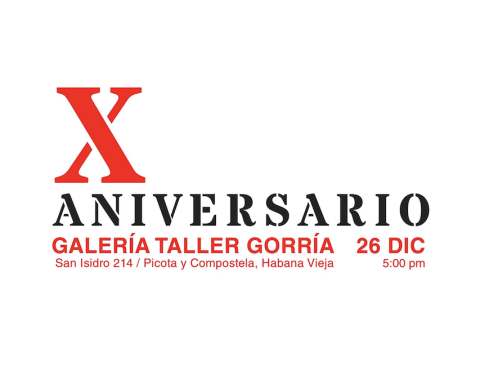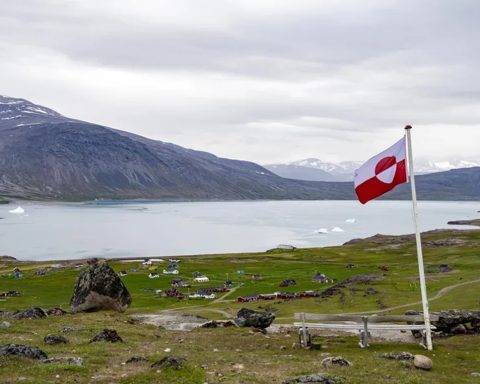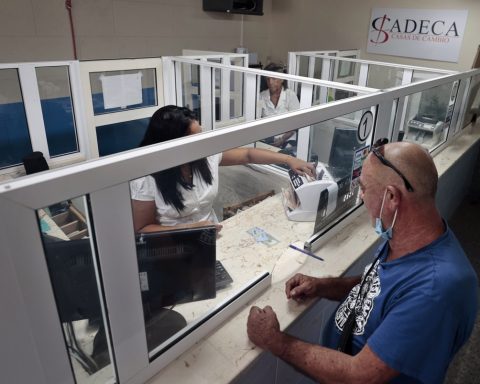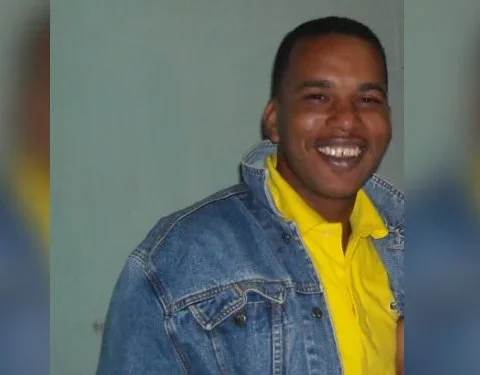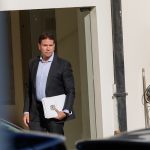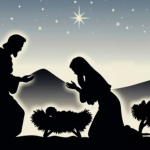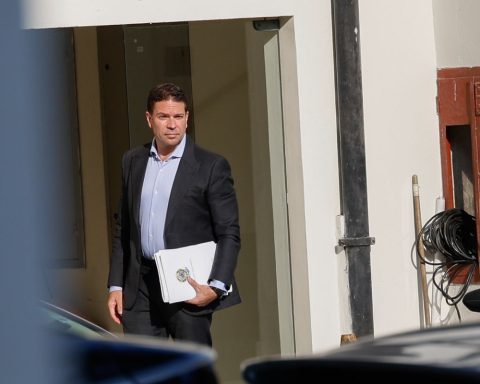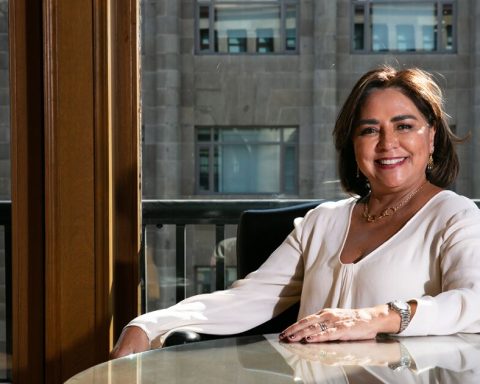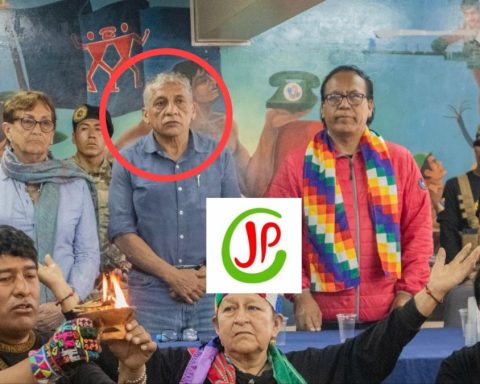MIAMI, United States. – It’s amazing how the stories about the Beatles seem to go on forever. There is always a new and imaginative angle emerging that dazzles us anew with delight and surprise.
This year that is almost over was revealing in this regard. Thanks to director Peter Jackson we had the privilege of watching them record and having fun during the making of the album. let it becourtesy of documentary The Beatles: Get Back of pristine images, which allowed us to be part of that cultural event.
It is always worth bringing up the fact of the meaning of this music for the generation of Cubans who had to listen to it clandestinely, due to the outrages of a botched and arrogant dictatorship.
I treasured early my little “plaque” with “Twist and Shout” on one side and on the other “Mr. Postman”, curiously songs that were not authored by the Beatles.
Then came albums from overseas brought by merchant sailor parents, from my classmates at the Otto Barroso Basic High School in Havana del Este. Handling those records and listening to them without limits was the closest thing to the nirvana of our social aspirations: to be like the other young protesters in the world who forever shook their respective societies.
In 2011, a certain Beatles fan, Seth Swirsky, had the idea of making a modest documentary about people who had unexpectedly had encounters with one of the group’s members.
The stories they tell are always dazzling, as if they had stumbled upon God. The documentary titled Beatles Stories He was praised at numerous festivals around the world.
Two years later, the director Ryan White came up with the idea of reviewing the history of the Beatles from an intimate and unknown point of view, making the group’s secretary, Freda Kelly, tell her inside story, from the beginning, when she began working with them, until the troubled moment of separation.
The year now ends with a new addition to the filmography related to the Beatles: a documentary that has nothing to do directly with them, although I think it would not have happened without their zenithal presence.
Is about If These Walls Could Sing (If These Walls Sang), directed by Mary McCartney, daughter of Paul and Linda, which tells the story of the legendary Abbey Road recording studios.
Mary is a well-known vegan television chef and photographer. She is the eldest of the children of Linda and Paul McCartney, whom she confesses to have grown up in those rooms when her parents continued to dedicate themselves to the Beatle’s solo career.
The documentary is his first foray into film and he came up with the idea of celebrating the 90th anniversary of Abbey Road last November, one of the most advanced studios of its time, belonging to the influential recording company EMI.
Of course, the heart of the film beats with the presence of Paul McCartney and Ringo Starr, who have the virtue and memory to recreate what happened between those walls, a space that resulted in the most important songbook in contemporary music.
But in the interim, other revealing testimonials are presented from a site that all interviewees consider magical and without competition from a technical point of view.
Roger Waters and David Gilmour elaborate on the recording of their most notable masterpiece, “The Dark Side of the Moon,” while Jimmy Page reminisces about being a backing guitarist on Burt Bacharach’s “Alfie,” performed by Cilla Black and produced by George Martin, who then emphatically told the singer that the fourth recorded take was the best and that’s how it turned out.
Elton John also explains his relationship with Abbey Road, when he was barely an accompanist pianist, and John Williams elaborates on the enormous satisfaction that it meant to record soundtracks for Indiana Jones Y Star Wars in that hospitable place ―where even to his astonishment there was a bar―, very different from the Hollywood studios.
Like so many other historical sites, the building was on the verge of being dismantled due to the greed of the developers.
Currently, however, it is already protected by government provision. Even the crosswalk, featured on the most important album cover in history, is listed as a national heritage.
In 1976 the name of EMI studios was changed to Abbey Road, in tribute to the last album by the Beatles.
The documentary is a delight for fans of the group as well as other key figures in both popular and classical music. The zebra crossing in front of its façade is one of the attractions of London tourism.
The day I finally made it through remains in the endearing moments of my life. Many of the images in this new documentary remain a chimera of celebration and melancholy.
OPINION ARTICLE
The opinions expressed in this article are the sole responsibility of the person who issues them and do not necessarily represent the opinion of CubaNet.
Receive information from CubaNet on your cell phone through WhatsApp. Send us a message with the word “CUBA” on the phone +525545038831, You can also subscribe to our electronic newsletter by giving click here.

